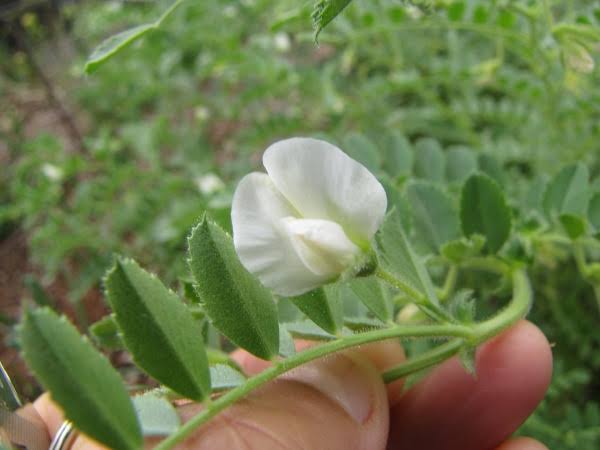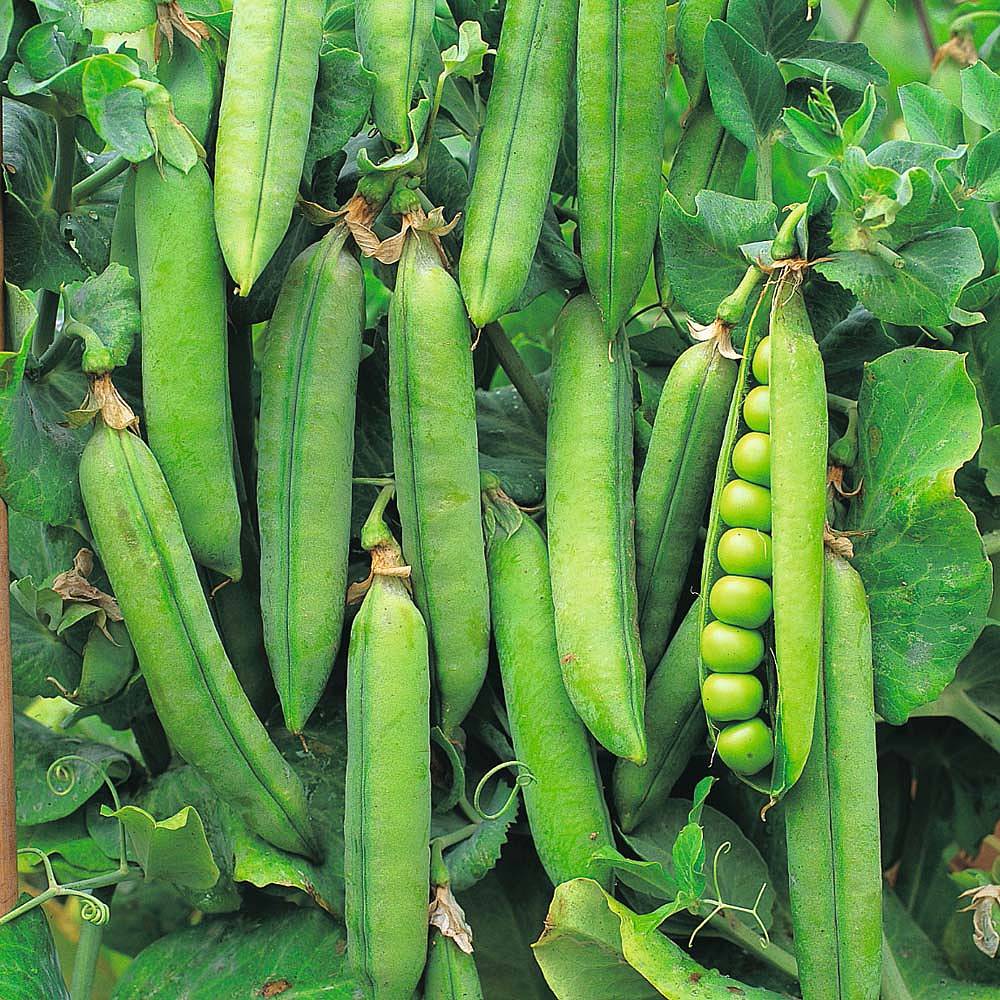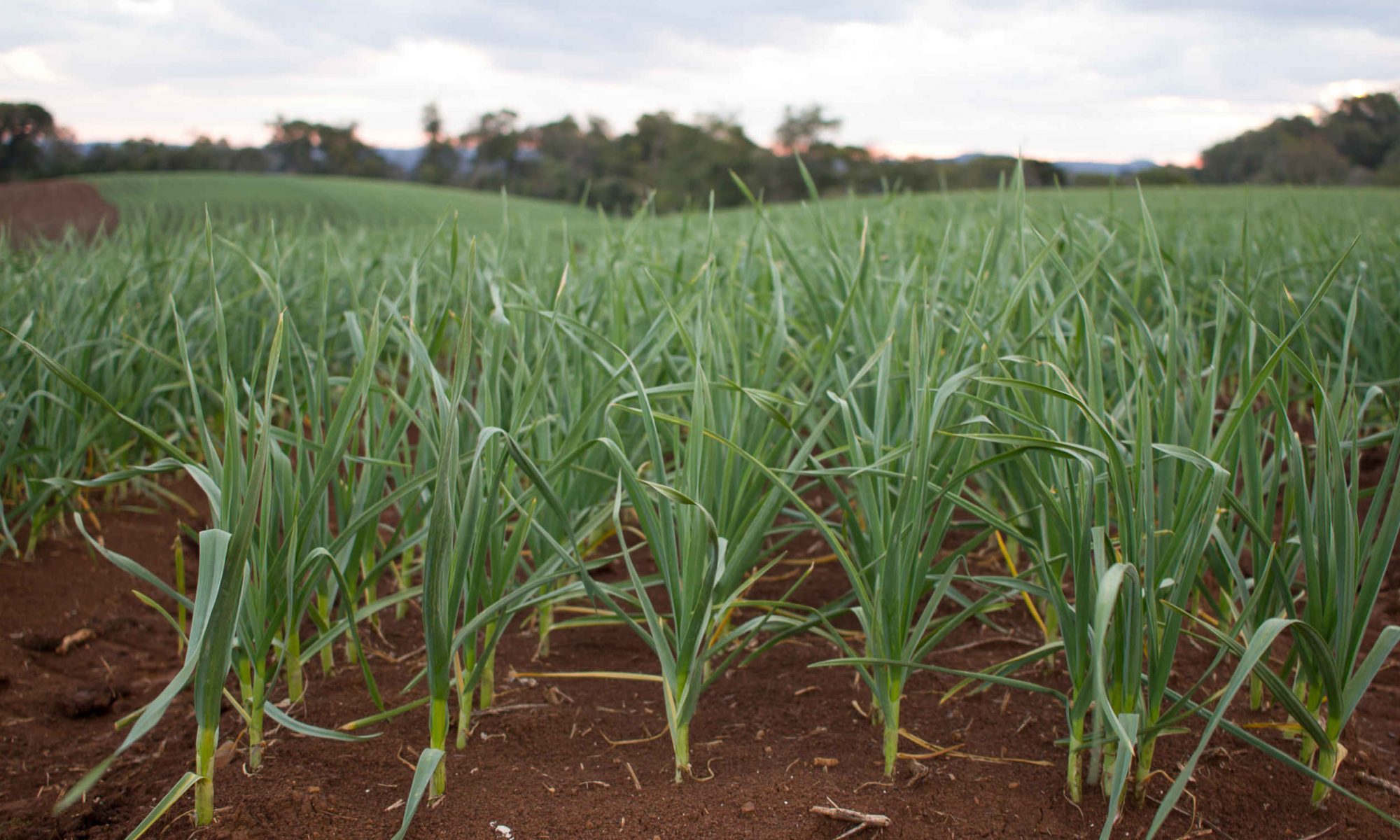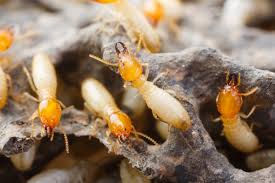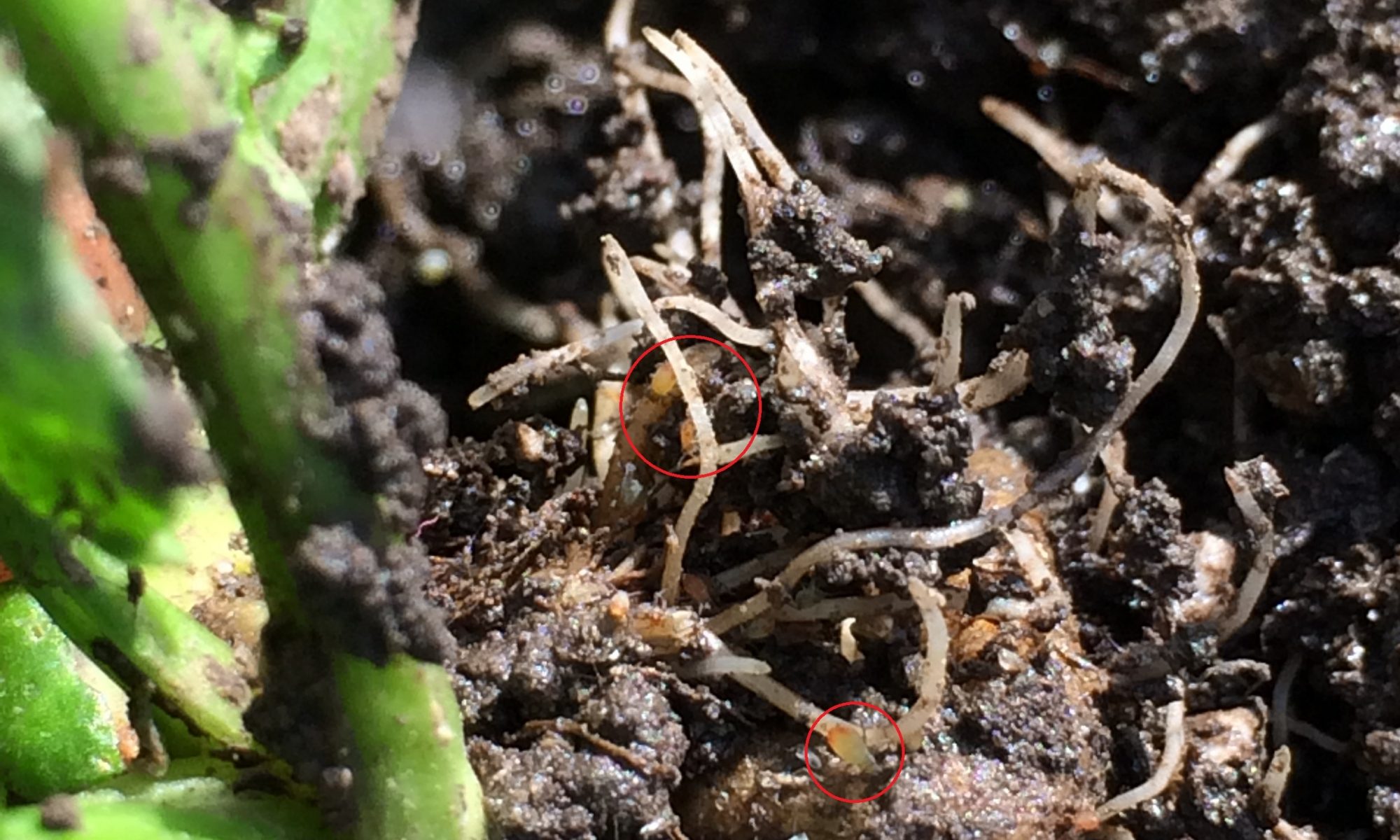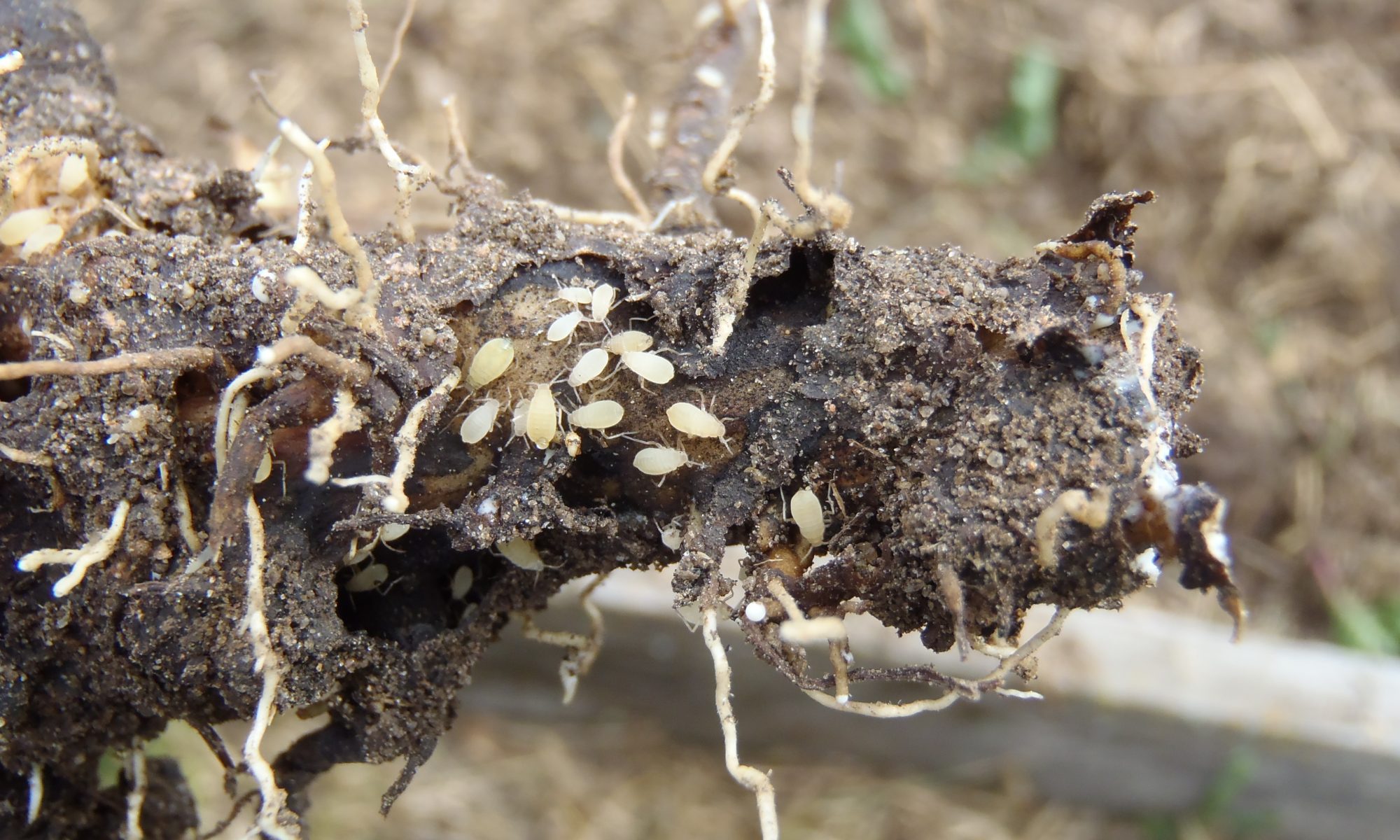- We can promote flowering and takes high yield through given below products.
- Spray Homobrassinolide 0.04% W/w 100 ml/acre.
- Apply seaweed extract 200-250 ml/acre.
- Use micro-nutrients 200 gm/acre especially boron.
- Spray 2 gm/acre gibberellic acid.
The critical stage of irrigation in Potato
- Keeping a potato crop at optimum moisture levels for the duration of the season requires a high degree of management.
- There are certain stages of growth where water management is more critical:
- 1) Emergence Stage
- 2) Tuber set Stage
- 3) Bulking up Stage
- 4) Final crop Stage
- 5) Pre-harvest irrigation Stage.
Requirement of Irrigation in Pea
- For proper germination, pre-sowing irrigation is a must if the soils are dry.
- Normally 2-3 irrigation is needed for midseason peas or late sown peas.
- Moisture stress at flowering and subsequent pod filling stage are most undesirable affecting the yield and quality of pods.
Role of Calcium in Garlic
- Calcium is an important nutrient in garlic and has a key role to play in crop yield and quality.
- Calcium promotes enhance of root establishment and elongation of cells resulting in increasing plant height.
- It also has a improve tolerance of disease and chilling injury.
- Although the recommended dose of calcium in the Garlic is good for yield, quality, and storage capacity.
- The recommended dose of calcium is 4 Kg/Acre or according to soil testing report.
Management of termite
- Apply deep plowing before sowing.
- Use well rotten FYM in the field.
- Fill kerosene in a mound of termites.
- The seed should be treated with Chlorpyriphos (20% EC) @ 5 ml/kg of seed before sowing.
- Broadcast Chlorpyriphos (20% EC)@ 1 litre/Acre with any fertilizer
- Beauveria bassiana 1 kg/ acre
- broadcast Fax grannule 7.5 kg/ acre.
Share
Identification of termite on wheat crop
- Termites damage the crop soon after sowing and sometimes near maturity.
- They feed on roots, stems of growing plants, even dead tissues of plant-feeding on cellulose.
- The damaged plants dry up completely and are easily pulled out.
- The plants damaged at later stages give rise to white ears.
- Infestation is heavy under unirrigated conditions and in the fields where un-decomposed farmyard manure is applied before sowing.
Management of root aphid in Wheat
- Avoid late sowing.
- Avoid using excessive nitrogen fertilizers.
- If the infestation in standing crop, Spray imidacloprid 17.8% SL @ 60-70 ml/acre.
- Or apply thiamethoxam 25% WG @ 100 gm + beauveria bassiana 2 kg/acre in soil with fertilizer/Sand/soil before irrigation.
Identification of root aphid in Wheat Crop
- This insect is active from November to February.
- Damage is more in the rainfed and late sown crop.
- The yellowing of young plants is observed due to root aphids.
- In this case minute, yellowish-brown aphids may be present near the base or on the roots of the plant.
- Aphids also vector a viral disease name barley yellow dwarf virus (BYD). The yield of infected wheat plants can be reduced by 50%
Measures for prevention of frost in crops
- Apply light irrigation in the evening on the leaves of the plants.
- Every year, the use of small amounts of sand in the field reduces the effect of frost in crops.
- Dry weed and dry wood burning in the opposite direction of the wind also reduce frost.
- Irrigate after spraying Sulfur 90% WDG powder in 3 kg/ acre.
- Spray Sulfur 80% WDG powder by mixing it at 40 grams/pump (15 liters of water)
- spray pseudomonas fluorescent 1 kg per acre.
Chemical management of leaf miner on garlic crop
- Affected plants during the growing season to be withdrawn and destroyed.
- Spray Wapkill (Acitamprid) @ 100 gm/acre or
- Confidor(Imidacloprid ) @ 100 ML/acre or
- Evident (Thaimethoxam ) @ 5 gm/pump or
- Abacin (Abamectin 1.8% EC) @ 150 ML

